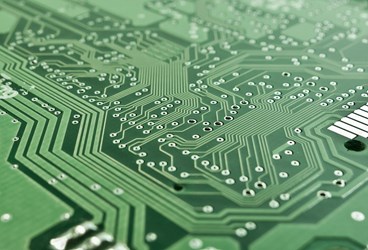Can Bio-Computers Kill Cancer Cells?
By Chuck Seegert, Ph.D.

New research from ETH Zurich has made progress towards achieving bio-computers by developing a biological circuit that controls individual sensory components. Future developments of this technology could enable complex, cancer-hunting bio-computers.
Creating logic-based circuits from biological components has been challenging because of the nature of neural cells and how they interact. While an electronic computer is based on the discrete on and off signals that ones and zeros represent, biological circuits are much less predictable. Action potentials, the primary signal type that is transmitted by neural circuits, are subject to many influences, making signal transfer more unpredictable.
A reliable computer must be predictable, which is what researchers from ETH Zurich (Eidgenössische Technische Hochschule Zürich) may have done for biological computer systems. The technology may soon come to a point where a bio-computer could be feasible, according to a recent press release from the university.
“The ability to combine biological components at will in a modular, plug-and-play fashion means that we now approach the stage when the concept of programming as we know it from software engineering can be applied to biological computers,” said Yaakov Benenson, professor of synthetic biology in the Department of Biosystems Science and Engineering at ETH Zurich in Basel, in the press release. “Bio-engineers will literally be able to program in future.”
The technology combines genetics and signals from a special enzyme — called a recombinase — to activate a biological sensor only when it is signaled to do so. Essentially, the active gene is installed in the biosensor’s DNA in the wrong orientation, which makes it inactive, according to the press release. When a recombinase enzyme is put in the cellular environment, the gene is reoriented into the proper position, making the circuit active.
The new method enables sensors with a dynamic range that is up to 1,000-fold that of the originally configured systems, according to study published by the team in Nature Chemical Biology. The team foresees that this technology may be able to force cancer cells to undergo programmed cell death, while normal cells would remain inactivated.
While controlling the internal cellular machinery may be critical to generating bio-computers, directing and controlling where neurons grow may also be important in the design process. Directing neural cell growth in culture using fluid flow was recently discussed in an article published on Med Device Online.
